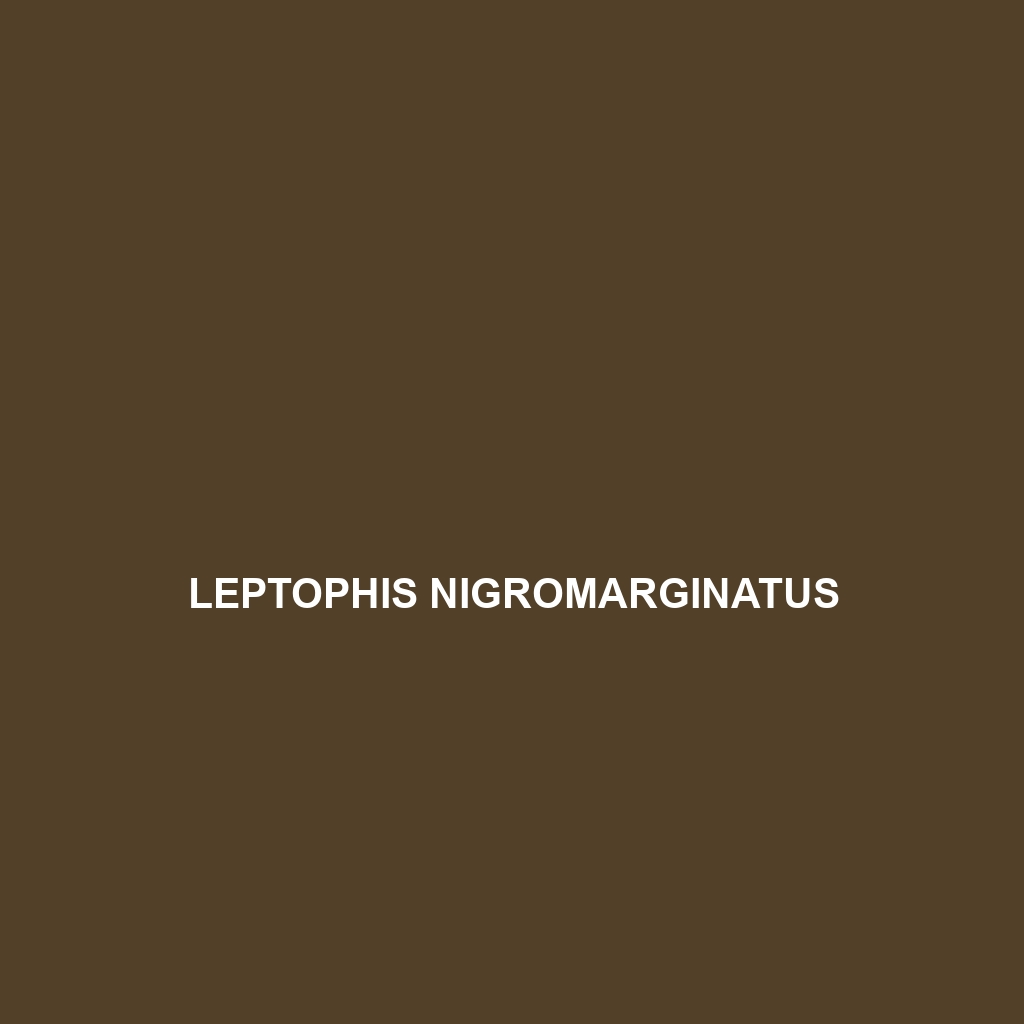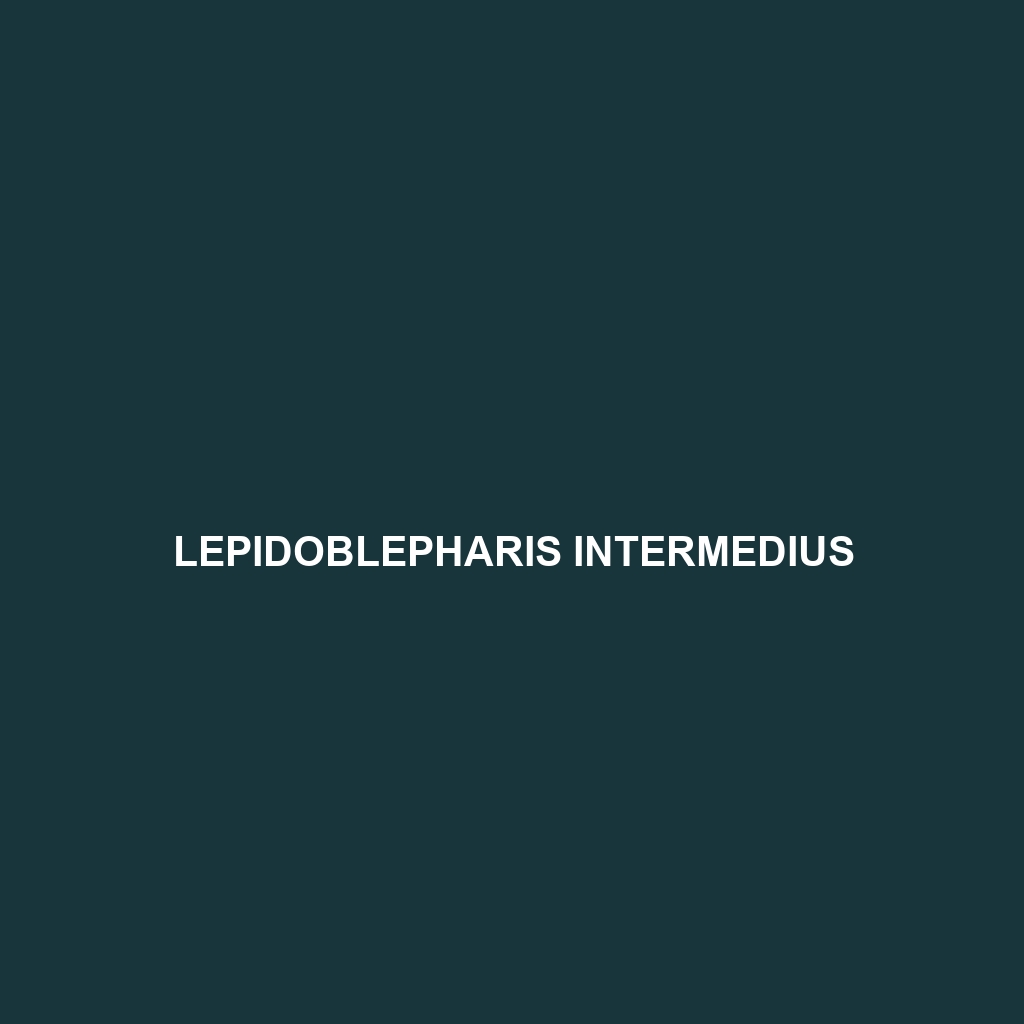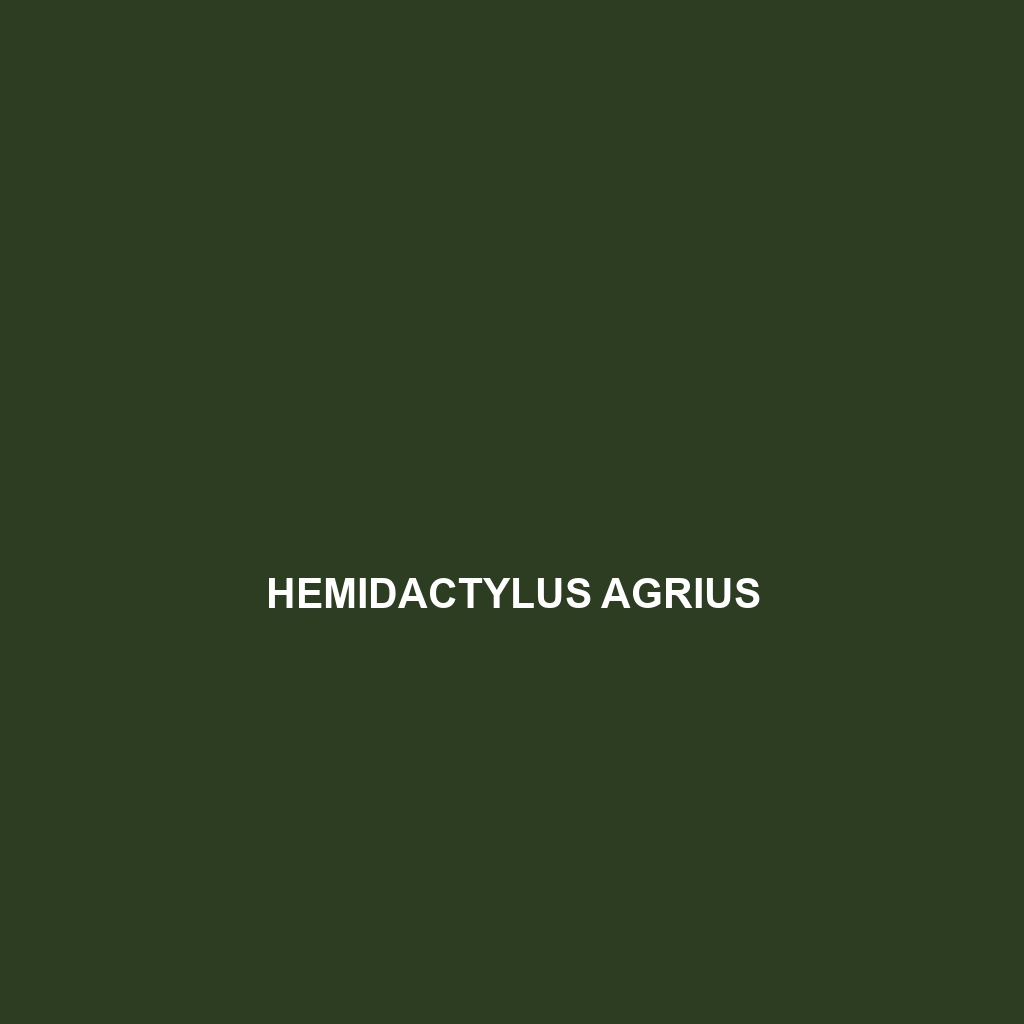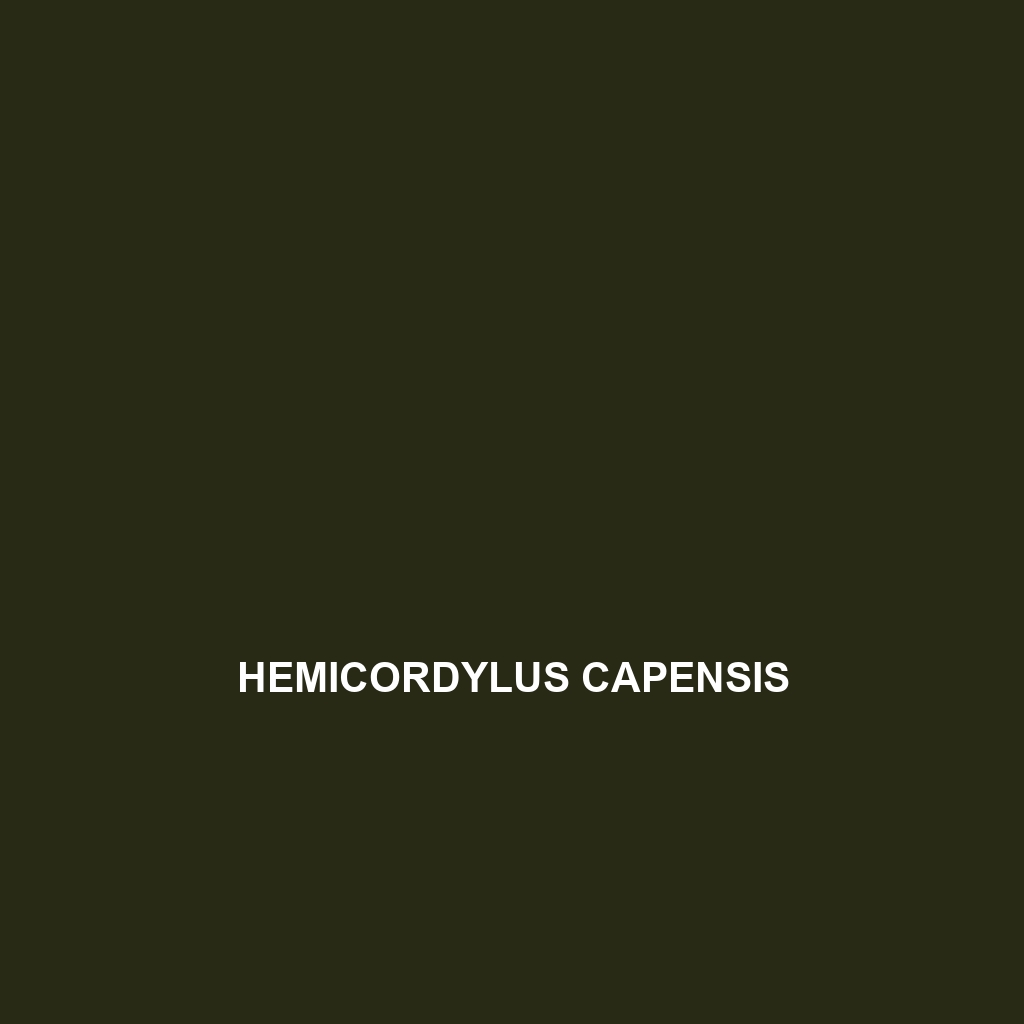Experience the unique Liolaemus walkeri, or Walker's Lizard, an intriguing, medium-sized lizard native to the cool, temperate forests and grasslands of the Andean region, known for its remarkable ability to change color and robust territorial behaviors. With a diet primarily consisting of insects, this fascinating species plays a vital role in its ecosystem by balancing insect populations and serving as prey for larger animals.
Tag: Terrestrial Ecosystems
Liolaemus azarai
<b>Liolaemus azarai</b> is a resilient lizard species found in Argentina’s Andean foothills and Patagonia, characterized by their slender bodies measuring 8 to 10 centimeters, earthy color variations, and primarily insectivorous diet. This adaptable species plays a crucial role in maintaining ecological balance and has a conservation status of Least Concern.
Lerista ips
The <b>Lerista ips</b>, a medium-sized skink native to the arid regions of Australia, thrives in sandy soils of temperate forests and savannas, showcasing a distinctive flat body with smooth, shiny scales. Primarily insectivorous and nocturnal, this resilient species plays a crucial role in controlling insect populations while exhibiting fascinating burrowing behaviors and minimal parental care.
Lerista clara
<p><b>Lerista clara</b>, also known as the smooth skink, is a legless insectivore native to Australia's savannas, wooded grasslands, and scrublands. This unique species features a streamlined body for efficient burrowing, thrives in hot, dry climates, and plays a crucial role in maintaining ecosystem balance by controlling insect populations and aerating the soil.</p>
Leptophis nigromarginatus
Leptophis nigromarginatus, commonly known as the black-margined leaf racer, is a vibrant green snake found in the rainforests of Central and South America, reaching lengths of up to 1.5 meters. This agile, diurnal predator primarily feeds on small vertebrates and invertebrates, playing a crucial role in regulating prey populations within its ecosystem.
Lepidoblepharis intermedius
Discover the unique Lepidoblepharis intermedius, a nocturnal insectivore native to Central America's tropical rainforests, characterized by its slender body and striking camouflage patterns. This fascinating species plays a crucial role in its ecosystem by controlling insect populations and serving as prey for larger predators.
Iberolacerta galani
<b>Iberolacerta galani</b>, also known as Galán's Iberian Lizard, is a vibrant insectivore native to the temperate forests and grasslands of northern Spain, recognized for its striking coloration, agile movements, and critical role in maintaining ecological balance through insect population control. This species thrives in rocky substrates and displays fascinating behaviors during the breeding season.
Hemidactylus agrius
Discover the fascinating Hemidactylus agrius, a nocturnal gecko thriving in tropical and subtropical habitats, known for its striking blend of brown, green, and gray colors, large expressive eyes, and ability to regenerate its tail. This insectivore plays a vital ecological role by maintaining insect populations while showcasing remarkable adaptability near human settlements.
Hemicordylus capensis
<b>Hemicordylus capensis</b>, commonly known as the Cape legless skink, is a legless reptile native to southwestern Africa, characterized by its elongated, smooth body and muted color patterns for effective camouflage. As a diurnal insectivore, this skink plays a vital role in regulating insect populations while thriving in warm, temperate habitats with ample cover.
Diplodactylus mitchelli
Introducing the Diplodactylus mitchelli, or Mitchell's Rock Gecko, a nocturnal species native to rocky outcrops in eastern Australia's arid regions. Known for its impressive climbing abilities, distinctive coloration, and insectivorous diet, this gecko is an essential part of its ecosystem, contributing to pest control and serving as prey for larger predators.









